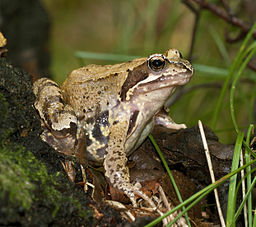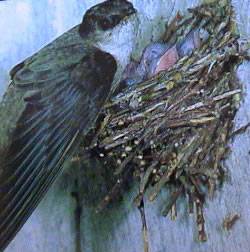 River otters have made a remarkable comeback in the last few decades, particularly in Illinois, as we reported recently. However, those Illinois river otters have significant amounts of long-banned chemicals — such as PCBs and DDE (a chemical that results from the breakdown of DDT) — in their tissues, a recent study from the Illinois Natural History Survey has found.
River otters have made a remarkable comeback in the last few decades, particularly in Illinois, as we reported recently. However, those Illinois river otters have significant amounts of long-banned chemicals — such as PCBs and DDE (a chemical that results from the breakdown of DDT) — in their tissues, a recent study from the Illinois Natural History Survey has found.
A press release from the University of Illinois reveals that for one chemical, the concentrations were higher in the otters now than they were when the chemical was in legal use:
The researchers were surprised to find that average concentrations of one of the compounds they analyzed, dieldrin — an insecticide (and byproduct of the pesticide aldrin) that was used across the Midwest before it was banned in 1987 — exceeded those measured in eight river otters collected in Illinois from 1984 to 1989. Liver concentrations of PCBs and DDE (the latter a breakdown product of the banned pesticide DDT) were similar to those in the earlier study, the release says.
Scientifically, this is a mystery still to be solved. Were the chemicals used long after they were banned? Did it take decades for the chemicals to climb the food chain from algae to top predator? Are female otters passing the contaminants to their offspring in their milk?
But for wildlife managers, it has a lesson useful right now. When trying to find causes for unknown population declines, don’t dismiss the effects of toxic chemicals just because those toxic chemicals were banned from use decades ago.
The University of Illinois press release.
The paper, in the journal Ecotoxicology and Environmental Safety. It is a free access journal.
Photo: Samantha Carpenter (left), a wildlife technical assistant with the Illinois Natural History Survey (INHS); Kuldeep Singh, pathobiology professor at the U. of I. Veterinary Diagnostic Laboratory; Nohra Mateus-Pinilla, an INHS wildlife veterinary epidemiologist; and U. of I. animal sciences professor Jan Novakofski found that Illinois river otters are contaminated with banned pesticides and PCBs. Credit: L. Brian Stauffer

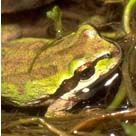 Two fungicides are showing up in the tissues of Pacific treefrogs, even those that live in pristine national parks, a recent paper in the journal Environmental Toxicology and Chemistry shows. The pesticides aren’t just coming from agricultural operations, but also from illegal marijuana farming.
Two fungicides are showing up in the tissues of Pacific treefrogs, even those that live in pristine national parks, a recent paper in the journal Environmental Toxicology and Chemistry shows. The pesticides aren’t just coming from agricultural operations, but also from illegal marijuana farming.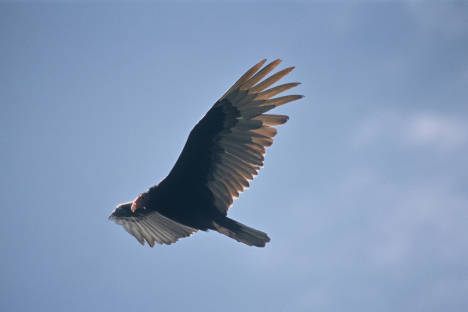 Researchers from the Hawk Mountain Sanctuary in Pennsylvania have been studying vultures throughout the New World to see if they are effective sentinels for environmental pollutants, such as lead.
Researchers from the Hawk Mountain Sanctuary in Pennsylvania have been studying vultures throughout the New World to see if they are effective sentinels for environmental pollutants, such as lead.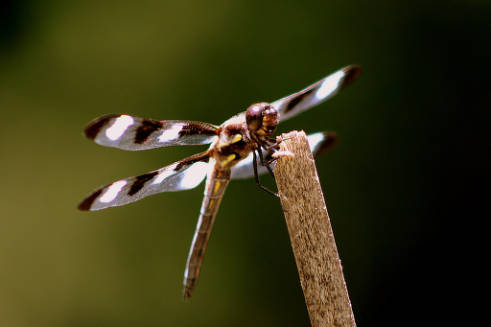 The news is not that
The news is not that